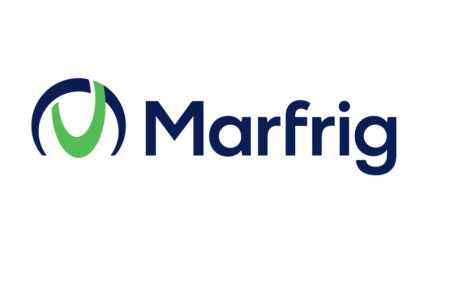



COOL Web Site to Help Educate All
NEBRASKA - A University of Nebraska-Lincoln Extension web site explains the details of the Country of Origin Labeling (COOL) law that went into effect on September 30.The law requires labels identifying country of origin on certain foods, including meat, produce and nuts, when sold at particular retail establishments.
The web site, COOL, will help "anyone in the food system from farm to fork," said Darrell Mark, UNL extension livestock marketing specialist.
"There's still a lot of learning needed," he said. "I hope this site accomplishes educating people on what they need to do for their own operation."
The law will require livestock producers to document where their livestock was born, raised and processed. While the U.S. Department of Agriculture will not fully enforce terms of the law until April, "educational compliance" is being promoted now, Mark said.
The site includes a series of fact sheets, videos and other educational materials for livestock producers, meat processors, retailers, extension educators and consumers. Included are videos from Lloyd Day, administrator of the USDA's Agricultural Marketing Service, as well as livestock professionals from Iowa State and Oklahoma State universities.
The site focuses primarily on meat but also contains some information about other commodities included under the law. Food included under the law include muscle and ground cuts of beef, pork and lamb, goat meat, chicken, ginseng, fish and shellfish, peanuts, fresh and frozen fruits and vegetables, pecans and macadamia nuts.
The labels placed on the products must state which country the product came from so consumers know whether they are buying products from the United States or other countries. Meat can be labeled "U.S. origin" only if it came from animals born, raised and processed in the United States, Mark said.
The labels are required only at larger retail outlets, defined as those that invoice more than $230,000 of fresh and frozen fruits and vegetables.
COOL originally was contained in the 2002 farm bill but its implementation was delayed because of challenges in how to make it work, Mark said. Parts of the law were changed and modifications to the original COOL law were passed in the 2008 farm bill.
Mark created his site in 2002 but updated it recently with new information from the 2008 farm bill. While the site is aimed at those in the meat industry, Mark also believes it will help consumers who shop for the products.
"For consumers to understand what a COOL label means they need to know what the alternative labels are," Mark said.
You can visit the COOL web site by clicking here.








